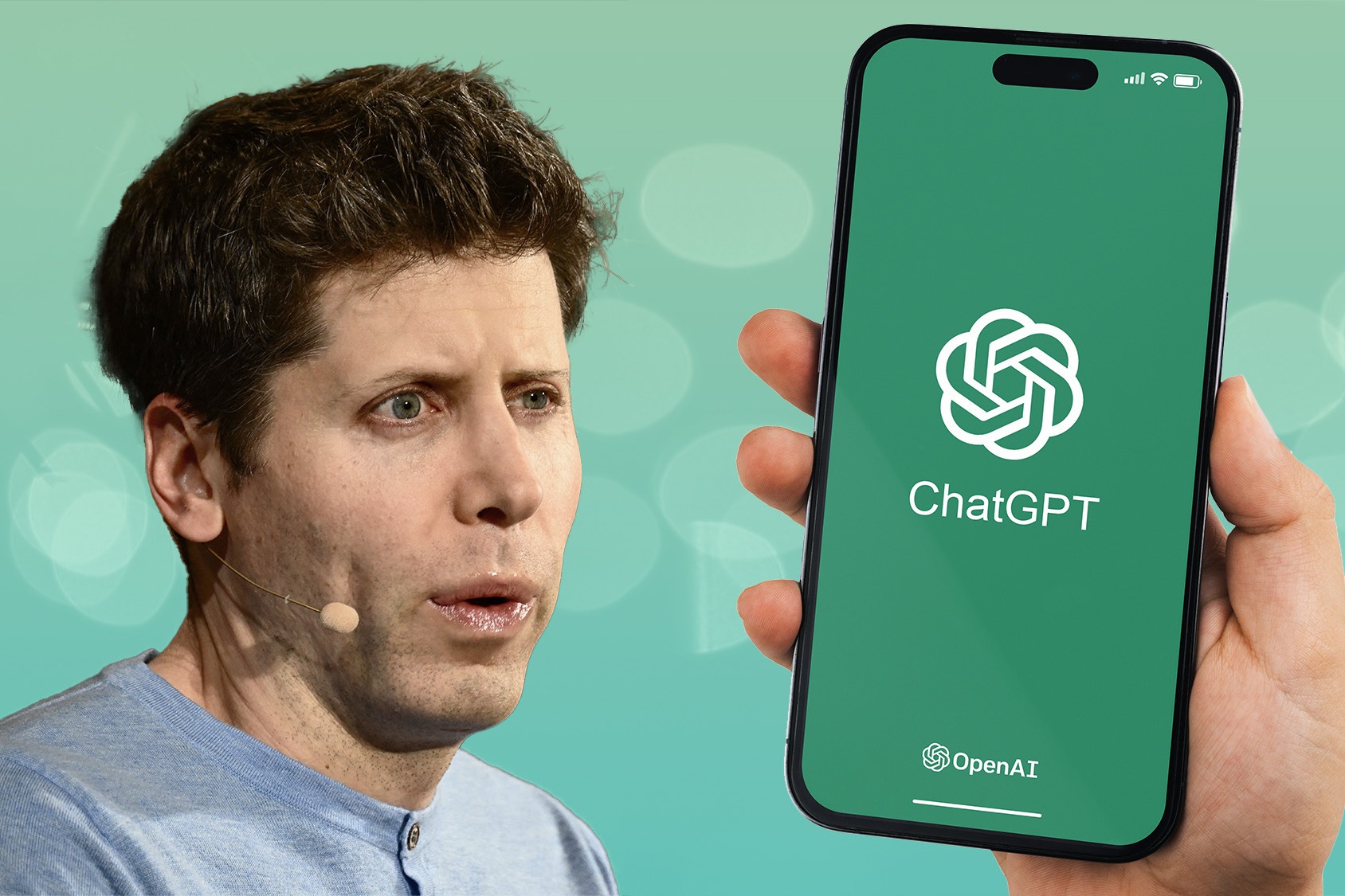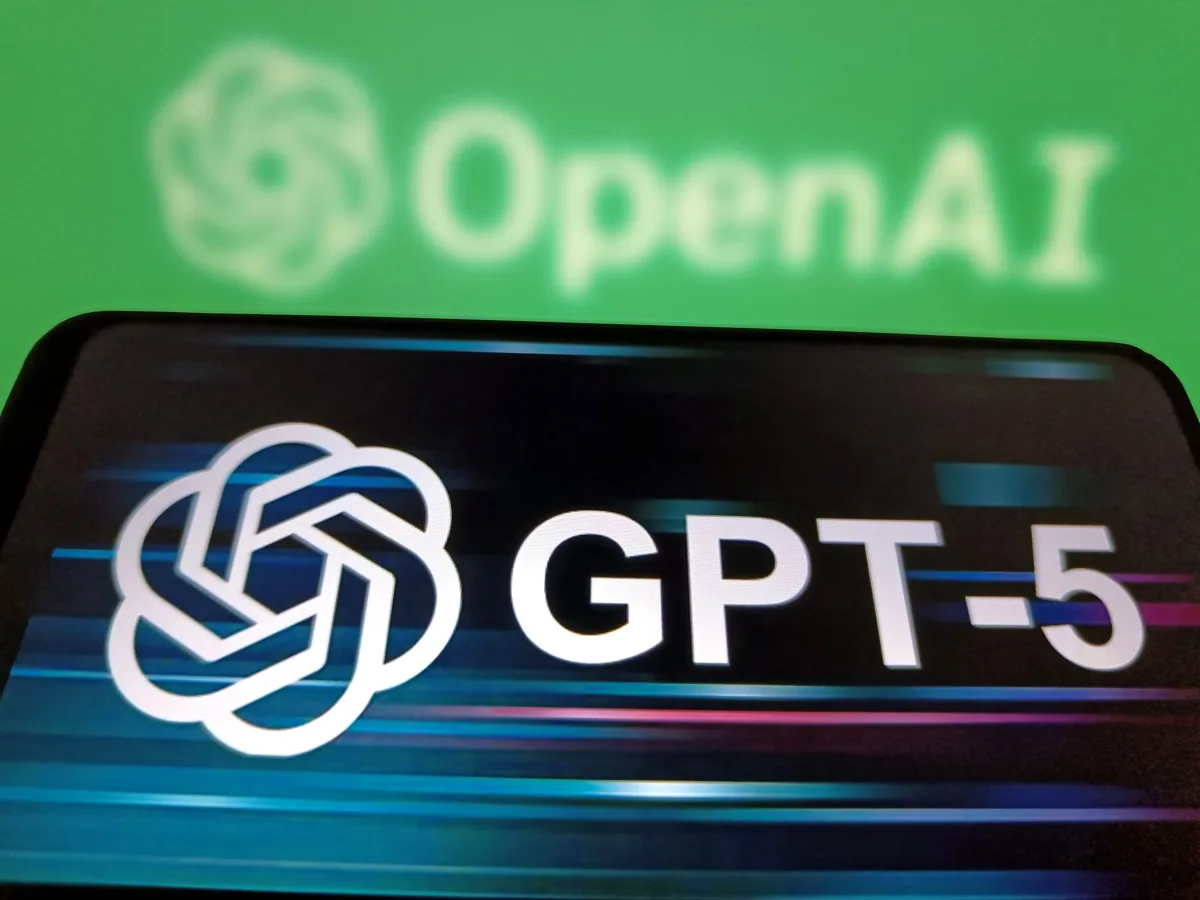Catchy, confident and futuristic: OpenAI unveiled GPT-5 with a claim that it delivers “PhD-level” expertise across coding, writing and reasoning tasks.
The announcement landed as part of a larger narrative from the company about moving AI toward expert-level assistance and higher reliability.
The public rollout and the company’s tone immediately prompted both excitement and scepticism from the public, regulators and academic experts who asked whether marketing matched measurable capability according to AP News. Below we expand on the technology, accuracy claims, availability, practical limits and governance questions raised by the release.
What’s Under the Hood: Smarter, Faster, More Capable
GPT-5 uses a modular “router” architecture that directs prompts to specialized reasoning components or to lighter-weight modules depending on task complexity. That means ChatGPT can automatically decide whether a query needs high-effort, multi-step reasoning or a rapid, succinct response without the user explicitly choosing a model.
The result is improved throughput for everyday queries while preserving the capacity for deeper, more deliberate problem solving when it’s required. Technical descriptions and early hands-on reporting can be found in The Verge, which both describe how routing and model selection happen behind the scenes. Early developer notes suggest the architecture improves latency and keeps contextual coherence over very long conversations.
Hallucinations, Accuracy & Safety: The Real Gains
One of OpenAI’s headline claims is a measurable reduction in hallucinations and deceptive or overconfident answers when the model is set to its reasoning mode. Independent coverage and company statements indicate the reasoning variant shows considerably lower error rates in high-effort settings and fewer confidently false assertions in mixed evaluations. Those reductions, while promising, do not equate to perfect truthfulness — the model still generates mistakes and must be used with domain expertise for mission-critical decisions according to Hindustan Times.
The improved safety profile is important for enterprise adoption and for tasks that require auditability, but it does not remove the need for human oversight.
New Features & Multimodality
GPT-5 extends multimodal capabilities: it accepts text, images, audio and video inputs and reasons across those formats to produce coherent outputs or analyses. That allows users to, for example, submit a lengthy document and a screenshot, ask for integrated analysis, and get multi-step explanations or code that references both the text and the image cues. The model also supports a vastly expanded conversation window, enabling persistent context that helps with long projects such as book drafts, codebases or complex research workflows, OpenAI's documentation and launch notes describe these features in detail.
Multimodality expands potential applications, from assistive tools for design to rapid triage in research or legal review — with the caveat that sensitive material still needs careful handling.

OpenAI CEO Sam Altman pictured next to the company’s logo, leading the charge into the GPT-5 era.
Availability, Pricing and Integrations
OpenAI launched GPT-5 across ChatGPT tiers with differing access caps and bonuses: free users have limited access while Pro and enterprise customers receive priority and expanded usage allowances. Pro subscribers gain advanced features such as the highest-effort reasoning mode and the largest token windows; enterprise agreements include on-premises or federated options through partners. Microsoft has confirmed rapid integration of GPT-5 capabilities into its productivity tools, tightening the platform play between the cloud vendor and OpenAI and extending the model’s reach into corporate workflows according to The Washington Post.
The tiered approach aims to balance broad access with sustainable cost recovery models for compute-intensive inference.
Commercial and Ethical Tensions
The release intensified debates about training data provenance, creators’ rights and fair compensation when models are trained on large swathes of web content or proprietary codebases. Getty, news organisations and other content owners have urged scrutiny into how models leverage copyrighted work; some stakeholders want clearer opt-outs, attribution frameworks and revenue models for creators.
Additionally, industry friction surfaced when one competitor chose to cut API access to OpenAI during the rollout, highlighting trust and competitive tensions between firms building on one another’s tech. Those tensions underscore the need for transparent training disclosures, better tooling for provenance and coordinated regulation rather than ad hoc responses.
Practical Limitations: What GPT-5 Is Not
Despite the “PhD-level” framing, GPT-5 is not an autonomous researcher, a domain expert with provable claims, or a substitute for qualified professionals in law, medicine or critical safety domains. The model can synthesize and simulate expert reasoning, but it still relies on pattern recognition and statistical inference rather than human consciousness or verified scientific discovery. Users must verify outputs, especially where errors would have material consequences; this remains a core guideline from ethicists and technologists covering the launch according to The Atlantic.
In short: capability is real and useful, but oversight, human judgement and domain validation are indispensable.
Frequently Asked Questions (People Also Ask)
How much does GPT-5 cost for developers via API?
API pricing is modular and depends on model size and usage patterns; public reporting and developer notes indicate tiered pricing where the largest, full-capability variants are significantly more expensive than smaller mini or nano options.
Pricing seeks to reflect the compute cost of high-effort reasoning and the cost of serving multimodal inputs, and enterprise contracts can further alter per-token costs with volume discounts and capped billing. Developers should budget for higher costs if they plan to use advanced reasoning or very long token windows at scale.
What coding benchmarks does GPT-5 excel at?
GPT-5 posts strong results on a variety of coding and software engineering benchmarks, outperforming previous generation models in both single-step tasks and multi-step debugging workflows. Reviewers and early benchmarkers have reported that GPT-5 not only writes code more correctly but also explains the reasoning clearly, identifies edge cases and proposes test cases to validate outputs.
Reported improvements are substantial in automated benchmarks and developer experience metrics, which suggests real productivity gains for coding assistance tools.
Can GPT-5 handle multimedia inputs now?
Yes — GPT-5 supports multimodal inputs, allowing it to accept and reason over text, images, audio and video together in a single interaction.
That capability enables complex tasks like analysing a recorded interview with transcript and accompanying slides, or generating structured insights that link visual elements to textual claims.
The multimodal capacity extends use cases into journalism, education, accessibility and creative workflows, but it also raises fresh questions about content provenance and privacy when handling sensitive multimedia.
Were there any problems or controversies around the launch?
Yes — the launch stirred discussions on marketing, data usage and inter-company friction. Some commentators cautioned that “PhD-level” is a marketing shorthand that risks overstating reliability, while others called for clearer disclosure of training data sources and compensation for creators.
Industry tensions also surfaced when one AI firm temporarily cut API access to OpenAI during the rollout, creating headlines about competitive dynamics and research access. These issues prompted renewed calls from policy experts for transparency, auditability and regulations calibrated to the growing capabilities of large models.
The Future of GPT-5 and AI Innovation
The launch of GPT-5 marks more than just another step in OpenAI’s product line — it represents a turning point in how artificial intelligence will be integrated into everyday life. With its improved reasoning abilities, faster response times, and deeper contextual understanding, GPT-5 is set to influence industries from healthcare and education to creative arts and scientific research.
Experts believe that this leap forward will spark a wave of competition among AI developers, pushing the boundaries of what’s possible even further. Whether used to power virtual assistants, automate complex workflows, or enable groundbreaking research, GPT-5 is poised to become a key player in shaping the digital future. In short, this isn’t just an update — it’s the beginning of a new era for AI.














